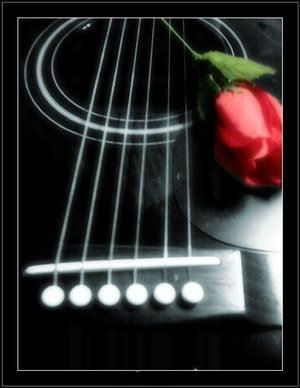
Saat ini sangat sepi
Hanya terdengar suara gemericik air
Sesaat aku berfirkir dunia ini terlalu sempit untukku
Hayalan yang muncul
Hanya raut wajah nya
Bayangan indah itu selalu terlintas dalambenak
Ya Tuhan apakah ini yang ku rasa??
Coretan demi...



